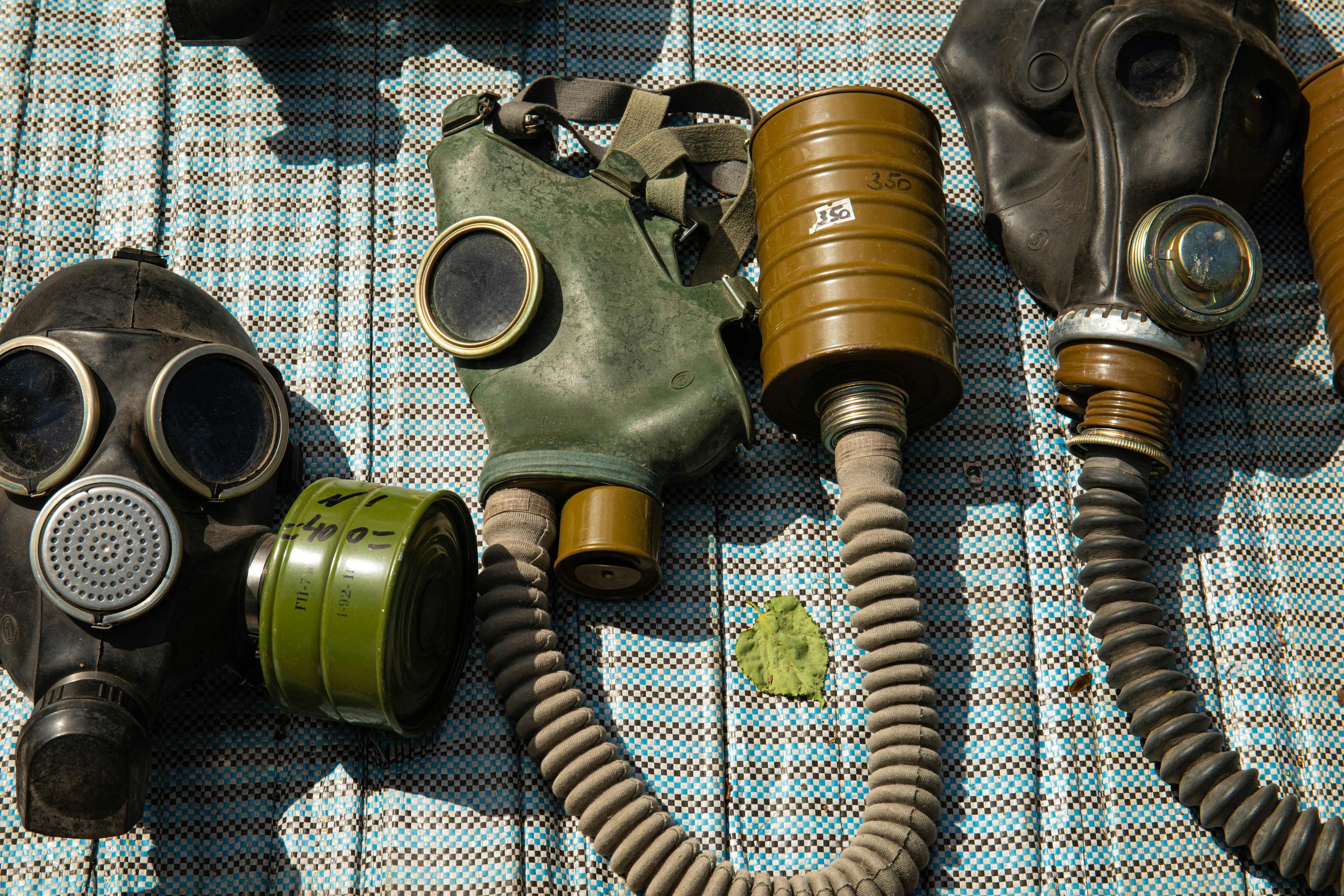
When it comes to environmental toxins, many people assume that exposure is universal and unavoidable. But the reality is far more complex. Our proximity to industrial pollution, lifestyle choices, occupations, and even socioeconomic status play a massive role in determining the type and amount of toxins we encounter daily. At Radiant Health and Wellness, we’re diving deeper into why not all exposures are created equal and what this means for your health.
Living near highways, industrial plants, or areas with poor air quality significantly increases exposure to harmful chemicals like particulate matter, heavy metals, and volatile organic compounds (VOCs). Studies reveal that urban populations often have higher exposure to air pollutants compared to rural areas. Conversely, rural populations might be more exposed to pesticides from agricultural runoff.
Certain occupations come with higher chemical exposures. For example, hairdressers regularly handle products containing formaldehyde and other endocrine-disrupting chemicals. Construction workers are exposed to asbestos, silica, and lead, while farmworkers encounter high levels of pesticides.
Lower-income communities are often situated closer to industrial zones and landfills, exposing residents to higher levels of environmental toxins. Additionally, older housing in these areas may have lead-based paints and outdated plumbing systems that leach heavy metals into the water supply.
Seemingly harmless daily products may be sources of toxins. For example, inexpensive cosmetics can contain heavy metals, while cheaper cleaning products might emit VOCs. If affordability limits access to non-toxic alternatives, the chemical load increases.
Beyond exposure, how your body processes and eliminates toxins also varies. Genetic differences in detoxification enzymes, nutrient deficiencies, and existing health conditions can all influence how much damage these chemicals cause.
At Radiant Health and Wellness, we focus on addressing these disparities through personalized care. Understanding your unique risk factors, detoxification capacity, and lifestyle habits allows us to design an effective plan to reduce your toxic load.
Understanding that not everyone is equally exposed or affected by environmental chemicals highlights the need for personalized prevention strategies. It’s not about fear—it’s about empowerment. By identifying your unique risks and taking proactive steps, you can minimize your exposure and protect your health.
References:
 Radiant Health And Wellness
Radiant Health And Wellness
Stay updated on our news and events! Sign up to receive our newsletter.